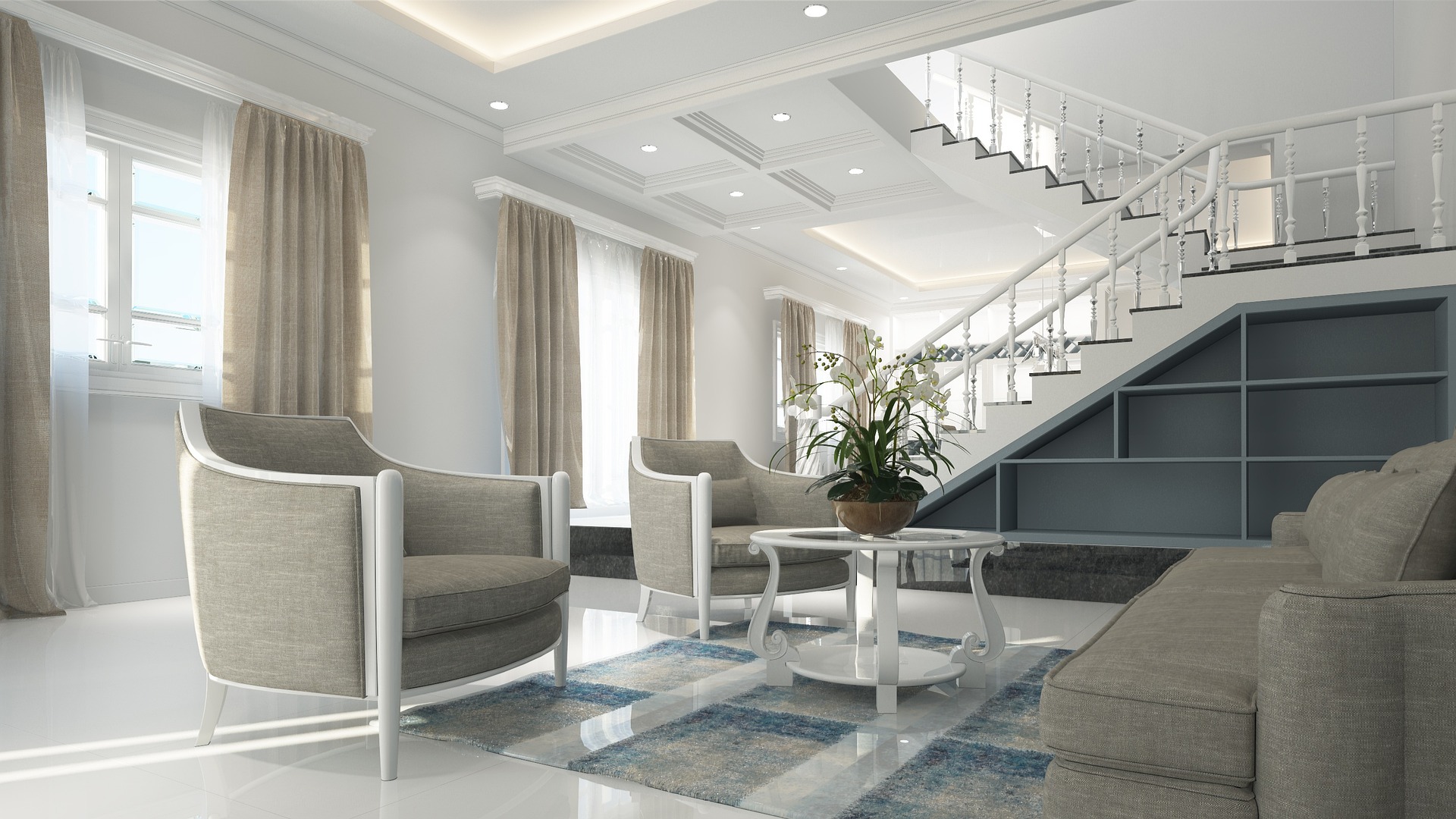Sunken Living Rooms Are Making a Stylish Comeback
Picture this: a living space where you step down into a cozy conversation pit, surrounded by plush seating, warm lighting, and a sense of separation without the need for walls. The sunken living room is back—but this time, it's bolder, smarter, and more sophisticated than ever. As homes continue to favor open concepts, these dramatic drop-down lounges are carving out intentional, social spaces that deliver both nostalgia and next-gen design appeal.

Picture this: a living space where you step down into a cozy conversation pit, surrounded by plush seating, warm lighting, and a sense of separation without the need for walls. The sunken living room is back—but this time, it’s bolder, smarter, and more sophisticated than ever. As homes continue to favor open concepts, these dramatic drop-down lounges are carving out intentional, social spaces that deliver both nostalgia and next-gen design appeal.
A throwback rooted in 20th-century style
The sunken living room first gained popularity in mid-century American homes, most notably during the 1950s through the 1970s. Architects like Bruce Goff and Paul Rudolph used the lowered area as a spatial cue, breaking up large rooms without adding physical partitions. By the time 1970s pop culture embraced conversation pits, they became a status symbol of leisure and modernity.
However, the trend fell out of favor in the 1980s and 1990s as open-plan layouts and level flooring became the dominant style. Now, decades later, design lovers are rediscovering the sunken living room’s charm and function—reinventing it with cleaner lines, elevated materials, and tech-savvy upgrades.
Why sunken living rooms work in today’s homes
As the demand for multifunctional spaces grows, sunken living rooms offer a creative solution. By dropping the floor rather than raising walls, homeowners can define zones for lounging, entertainment, or even meditation without losing visual flow. This makes them especially appealing in open-concept homes where boundaries can otherwise feel vague.
The lowered space also creates a cozy, cocoon-like effect. Whether paired with a fireplace, built-in seating, or panoramic windows, it encourages intimacy and connection—ideal for family movie nights or cocktail gatherings with friends. From a design perspective, the change in elevation adds architectural interest that can turn a flat room into a showstopper.
Modern design updates breathe new life into the trend
Today’s sunken living rooms are getting a fresh upgrade with modern sensibilities. Designers are swapping shag carpet and wood paneling for polished concrete, artisanal tile, and tactile textiles like boucle and velvet. Built-in benches are being outfitted with storage drawers, power outlets, and ambient lighting—blending comfort with convenience.
Some homeowners are integrating modular furniture to create flexible lounging arrangements, while others are customizing sunken spaces to reflect specific themes—think reading nooks, gaming lounges, or yoga retreats. Color palettes range from earthy neutrals to bold monochromes, all carefully chosen to draw the eye inward and enhance the immersive vibe.
Smart home features, such as voice-activated lighting and hidden audio systems, are also making their way into these spaces. The result is a sophisticated blend of retro charm and future-forward design.
Practical considerations before you commit
While sunken living rooms are undeniably stylish, they do require thoughtful planning. Retrofitting an existing floor with a lowered section involves structural assessment, especially in homes with slab foundations. Safety is another key factor—incorporating step lighting, rounded edges, and rail-free transitions can make the space more accessible for all ages.
For those building new homes or undergoing major renovations, integrating a sunken area can be more seamless and cost-effective. Even a single step down can provide the desired visual separation without overly complex engineering.
If you love the look but not the commitment, designers recommend playing with visual cues—using area rugs, platform seating, or varied ceiling treatments to mimic the feel of a sunken space.
Where the trend is heading next
As design continues to blend nostalgia with innovation, the sunken living room is poised to evolve further. Expect to see hybrid spaces that combine conversation pits with other trending elements, like sculptural lighting, statement fireplaces, and indoor-outdoor transitions.
Homeowners are also leaning into customization, using the lowered level to reflect personal passions—a record-listening lounge, a tea ceremony alcove, or a conversation nook wrapped in reclaimed wood. As the DIY community embraces the concept, smaller-scale versions are popping up in tiny homes and backyard studios.
Ultimately, sunken living rooms are proof that good design never really goes out of style—it just finds new ways to inspire.
Tips and ideas for designing your own sunken lounge
-
Choose durable flooring materials that contrast visually with the surrounding space
-
Layer the pit with textured rugs and oversized cushions for maximum comfort
-
Add recessed lighting or a central chandelier to create ambient glow
-
Use curved seating or built-in sofas to soften hard lines and enhance flow
-
Consider multipurpose use—a space that can transition from family hangout to party lounge
The renewed love for sunken living rooms shows that style and function can meet beautifully below ground level. With the right planning and creative vision, these retro-inspired spaces can become the heart of the home—offering a tactile, intimate, and visually stunning experience every time you step down.




